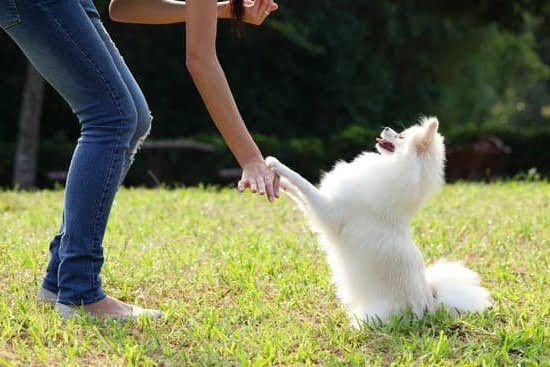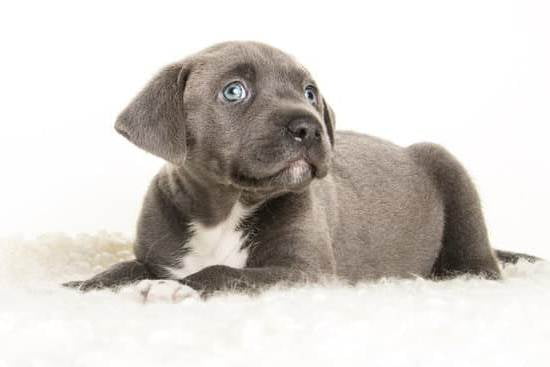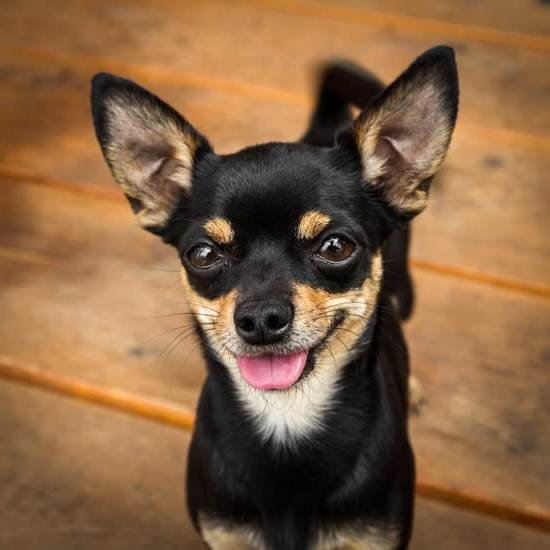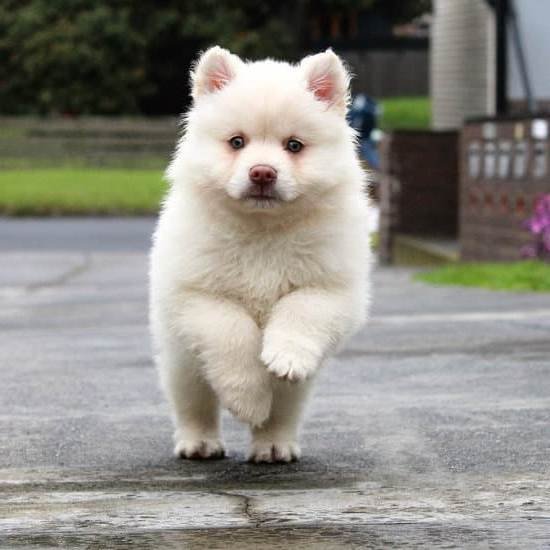Introduction
Dog Care and Training is the practice of providing a healthy environment, discipline and adequate training to ensure long-term overall well-being in our canine companions. Proper care of our canine friends includes regular grooming, an appropriate diet, adequate exercise and stimulation, checkups at the vet’s office for immunizations against various illnesses, and providing an enriching physical environment. Proper training involves teaching basic manners including staying on command, not jumping up on people or furniture, not stealing food from the kitchen counter and respecting boundaries when going outdoors or interacting with guests. Training also helps teach our dog to have good behavior even in difficult situations such as meeting unfamiliar dogs or responding to loud noises.
Benefits include improved communication between you and your pet; a better obedience performance that allows more freedom while outside; enhanced safety while around other animals or strangers; fewer distractions in the home to keep your dog focused; a closer bond between you and your pup due to regular exercise and interactions through activities like playtime; reduced potential for diseases caused by neglectful care; greater confidence when teaching basic commands like “sit” “come” or “stay”; increased longevity of life due to improved physical health. The list goes on!
Overall, committing yourself to proper Dog Care and Training will result in not only a happy pup but also a happier relationship for both you and your pup all around!
Preparing for Your New Dog
Preparing for your new dog is an exciting process! Firstly, you will need to purchase some essential supplies for your pup. A check list should include food and water bowls, a collar and leash, an ID tag with contact information, appropriate toys for their size, a bed or blanket for recharging after playtime, treats for training rewards and a toothbrush to keep their teeth pearly white.
It is also important to research the best possible breed of dog that would suit your lifestyle. Do you live in an apartment or a large house? Do you have small children or active family members who would enjoy a romp in the park? Are you looking for a companion or guard dog? Take some time to ask yourself these questions and answer them to help you decide which type of dog would be compatible with your family’s needs and preferences.
Once you have chosen the perfect breed for your pup it is important to find a reputable breeder. Reputable breeders should always be willing to provide proof of health certifications such as vaccinations records and pedigree information. They should welcome any inspection of kennel facilities by you or another trusted representative (such as a veterinarian). Ask plenty of questions about the different breeds; reputable breeders are more than happy to provide advice on what type of pup may be best-suited for your family lifestyle.
How to Groom Your Dog
Grooming tools and care: It is important to use the right grooming tools to properly care for your dog. Brushes, including double-sided pins and regular brushes, are essential for keeping coats in top condition. Nail trimmers, slicker brushes, flea combs, de-matting combs, shampoos and conditioners should also be part of your pet’s grooming kit. You may also want to consider purchasing a pair of dog clippers if you plan on performing more extensive fur trimming or hair cutting on your pet.
Brushing: Brushing can be done with a brush or bristle brush which help keep dead fur out of the coat and removes the dirt off it. This can also prevent tangles from forming. Frequency will depend on the breed – some need more brushing than others.
Nail Trimming: Nails should be trimmed every few weeks with proper nail clippers made especially for dogs. If you are hesitant to try this yourself, you can seek help from a professional groomer or vet. Nails that become too long can cause pain while walking and potentially damage furniture as they scratch their way around the house.
Exercise and Diet
Nutrition is an extremely important aspect of dog care and training, as it provides the necessary energy for everyday activities and ensures your pup stays in top physical condition. It is essential to provide your pooch with a balanced diet that consists of all the vitamins and minerals they need. Feeding them the right amount of food based on their size and life phase will help maintain their optimal weight. Start by looking at a few reliable sources such as veterinarians or nutrition experts, to figure out what kind of food would best serve your pet’s nutritional needs.
Exercise is also essential for both training and keeping your pup healthy and contented. Dog breeds vary in terms of how much exercise they require, but this doesn’t discount the importance of activity. Daily walks, runs, games, swimming sessions, and other stimulating activities will keep them physically fit and mentally stimulated. Regular exercise can also re-energize them during periods when you are especially busy or unavailable for playtime sessions.
As a final step in successfully caring for your pup’s needs, one should establish a consistent meal schedule. Setting specific mealtimes helps by not only ensuring that your pet gets regular nourishment throughout the day but also provides consistency – something dogs respond well to – which makes training easier too. Find out what times work best for both you and your doggy; this could mean giving them breakfast when you wake up or dinner right before bed based on whatever routine works best for you both!
Basic Training
Crate Training: Crate training is a great way to help your dog learn good behavior and familiarize them with the space in which you both can relax and feel safe. Start off by introducing your pup to the crate, let them explore it and make sure they feel comfortable within it. Place treats inside the crate that your pup will want to work for such as chew toys or biscuits. Over time, increase your pup’s comfort levels by leaving their food dish near the entrance of the crate while they are eating and then gradually place it further into the crate so they can get used to being in the crate while they enjoy their meals. Additionally, try putting blankets, pillows, or a toy inside so they can start feeling like it is their own special space.
Potty Training: The key when potty training is consistency throughout each step of the process. Begin by teaching your pup to go quickly outside whenever their paws touch the ground at first sight of you taking them outside—the fastest reaction time for this rewards best results! Make sure you give them lots and lots of praise upon accomplishing this task as positive reinforcement helps puppies get used to going potty outdoors very quickly. During house training, use the same word each time when going outside such as “GO POTTY”; be sure to also always bring a treat for after-potty tasks so your pup notices what gains come from this desirable behavior. Lastly, keep an eye on signals that may indicate that your pup needs to go outdoors such as sniffing around floors or circling certain areas; be attentive during these times so accidents don’t happen and you would best be able to pick up on when not answering Nature’s call right away can result in bad behavior indoors later on.
Socialization with Humans and Other Animals: Socialization is an important part of developing basic obedience skills with any dog; making sure your pup learns how to interact around humans as well as other animals will encourage better behaviors in any public setting or even at home! When introducing your pooch to new people or animals take extra care not introduce too much too soon—this could lead dizzy spells of anxiety that can be harder dealing with once established behaviors have passed on fully by your pup! Take baby steps introducing first one person at a time before having bigger groups getting involved; focus on going rather slow rather than fast with socializing sessions; stick mostly close friends/relatives within these meetings until more trust builds up over time naturally between all parties involved before expanding towards larger group events where strangers may be present too.
Advanced Training
Advanced dog training goes beyond basic obedience commands such as sit, stay, and come. Teaching your furry friend more complex skills and activities is sure to provide you both with a greater sense of joy and connection. Some examples of advanced tricks you can teach your pup include: solving puzzles and retrieving objects, navigating obstacle courses, participating in agility activities such as jumps, tunnels, tire jumps, and weave poles, learning hand signals for responding to commands from a distance in a different environment (ideal for off-leash training) or even competing in canine sports such as flyball and dock diving.
Mental stimulation training is also incredibly important for a dog’s wellbeing. Incorporating simple brain games into their everyday routine helps keep your pup entertained and engaged. Puzzles like Kongs filled with treats are fun ways to get their minds working; teaching them activities like searching through the house for toys or hiding bones scattered throughout the backyard are great high-level cognitive exercises; teaching them to do tricks that challenge their short-term memory will keep them on their toes;and expanding upon lower level skills by introducing variables changes that require precise timing or positions will help fine tune the way they think.
Finally, incorporating agility elements into your daily routine gives your pup an opportunity to stretch their legs in a controlled environment while having some fun along the way. Whether through outdoor agility courses or simple indoor fun with exercise equipment like hurdles, guides dogs through various pieces of apparatus without requires physical contact between human handlers on the ground. Through this type of mental stimulation and physical activity mixed with procedure based performance training we’re able to develop canines with higher capability.
Dealing With Behavioral Issues
Prevention Basics: Many behavioral issues in dogs can be avoided or minimized with preventative care measures. It is important to begin training a new pup as soon as possible, so that proper obedience and commands become a routine for everyday life. Proper socialization with people and other animals also helps reduce the chance of problem behaviors from developing. Make sure you provide plenty of exercise, both through regular walks, trips to the dog park, or playtime with another dog. Stressful situations should be avoided as much as possible. If you know your pet will be uncomfortable in a new environment, create a comfortable space for them and make sure that they have access to their own items such as food bowl and toys.
Solutions For Common Issues: Dogs may develop behavioral problems due to anxiety, sickness, or other health issues. Some dogs may display destructive behavior when they are left alone while others may bark excessively when startled by loud sounds like thunderstorms. In order to address these issues, first identify what might be triggering them and then use positive reinforcement methods when dealing with such behavior patterns. Training classes can be useful for this purpose as well as providing obedience and leadership exercises which encourage desired behavior without punishment or coercion.
Resources For Professional Help: If your pet’s problem behaviors become too severe or unmanageable then it might be necessary to seek professional help from an animal behaviorist or trainer who specializes in dog behavior management techniques or veterinary behaviorists if medical treatment is needed. Reputable organizations like the American Society for the Prevention of Cruelty to Animals (ASPCA) offer resources for identifying qualified professionals in your area who can provide assistance with difficult situations that require special expertise and experience in canine behavioral therapy or medicinal interventions depending on the situation.
Conclusion
At the end of it all, caring for and training your dog can give you an immense sense of satisfaction. The bond between a well-cared-for and trained dog and their owner is strong and special. A strong bond is also seen within puppies who are properly trained not to exhibit behaviours such as excessive barking, furniture chewing or jumping on guests. You will have earned the privilege of being able to trust that your pup won’t cause significant damage to property or make a lot of noise when you aren’t present. Furthermore, the chance of developing any unhealthy habits in your pup are greatly reduced with proper care and training – which reaffirms that dogs do genuinely live better lives when they are taken care of by responsible owners. Finally, this guide re-emphasizes the importance of dedicating time every day to ensure your four legged friend remains safe, healthy and happy – something that both they and you deserve.

Welcome to the blog! I am a professional dog trainer and have been working with dogs for many years. In this blog, I will be discussing various topics related to dog training, including tips, tricks, and advice. I hope you find this information helpful and informative. Thanks for reading!





